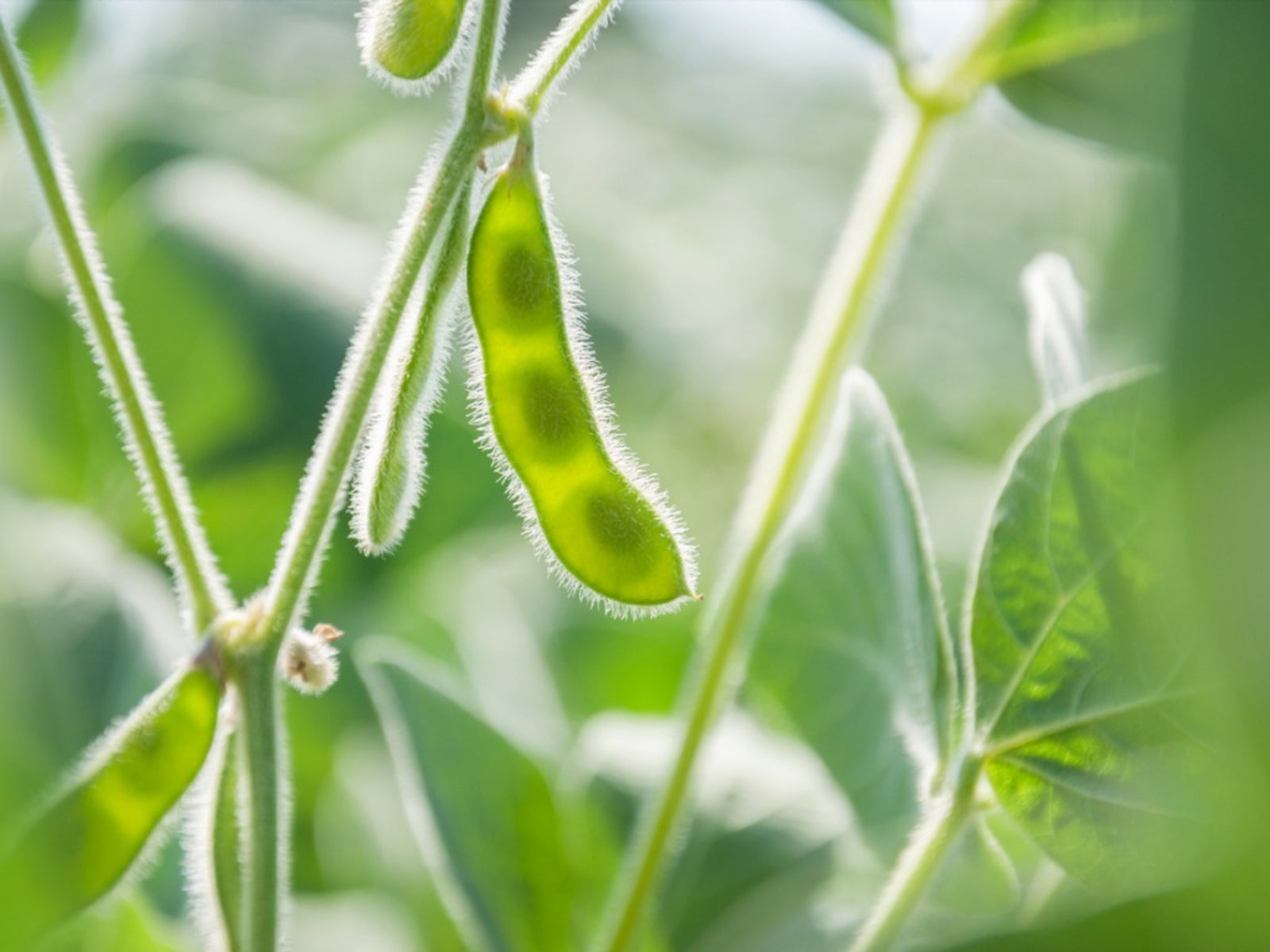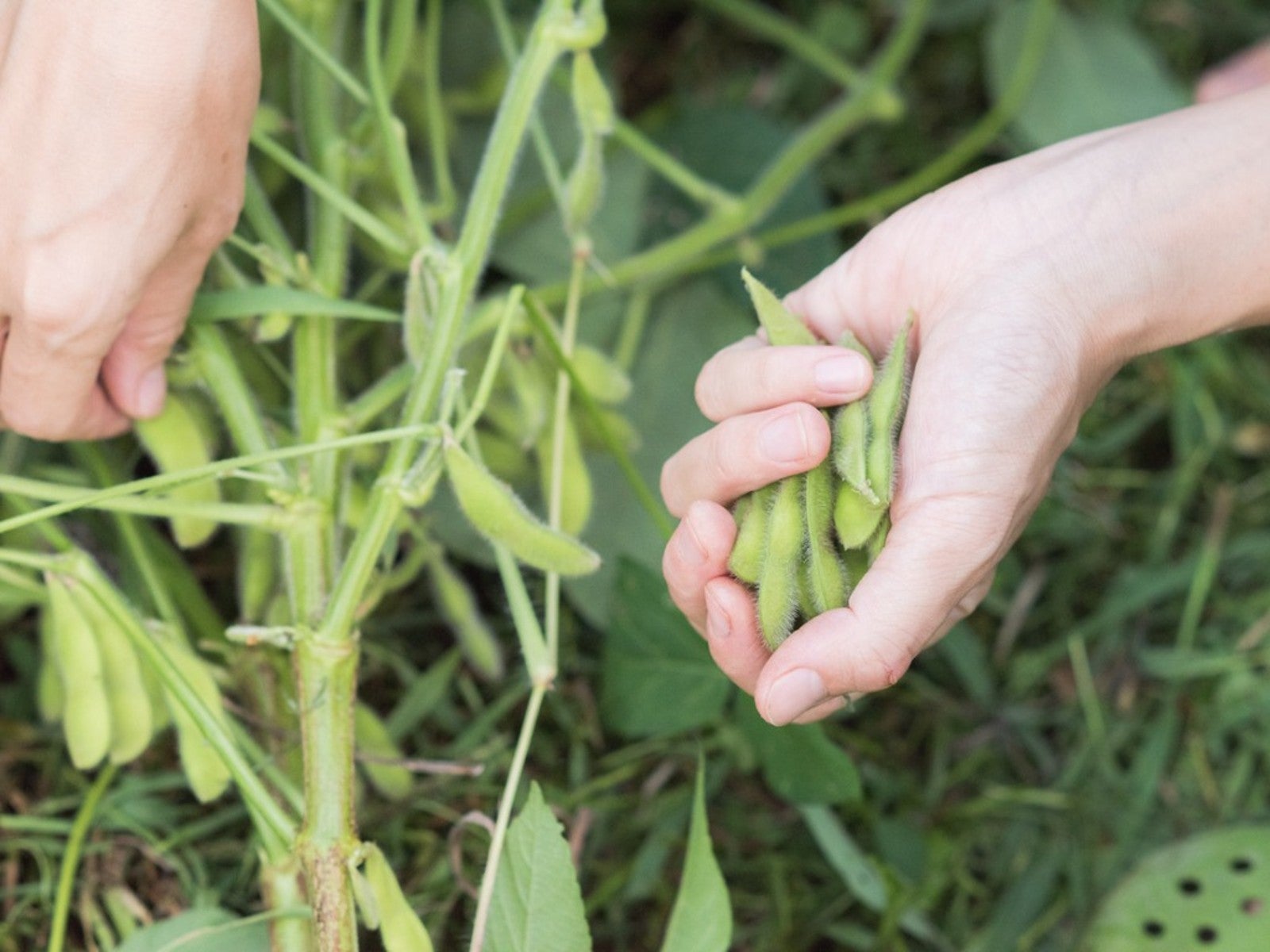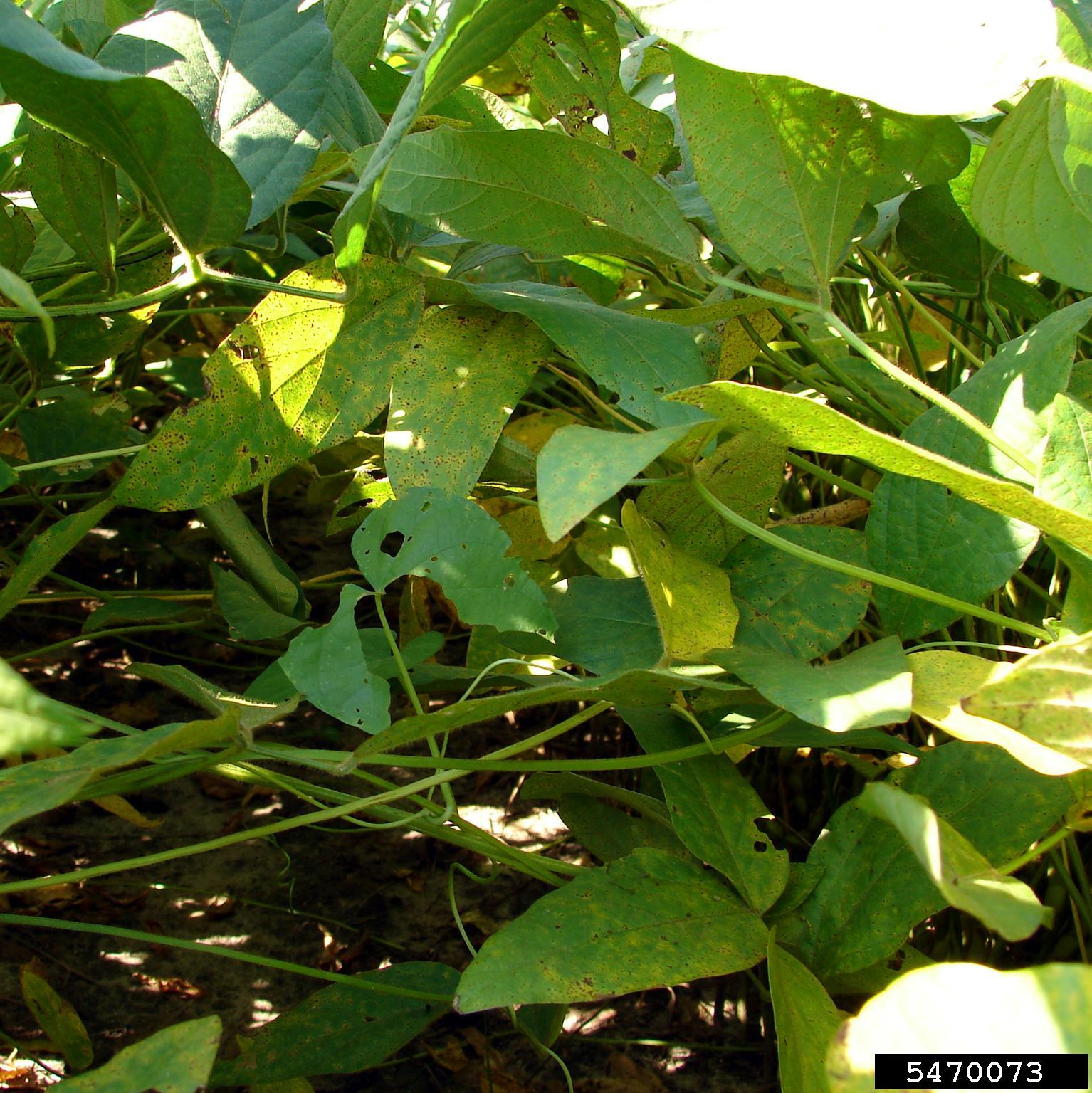Edamame Plant Companions: What To Plant With Edamame In The Garden

If you’ve ever been to a Japanese restaurant, you’ve no doubt eaten edamame. Edamame has also been in the news of late touting its nutrient-rich properties. Whether you just plain enjoy the flavor or want to eat healthier, there’s no time like the present to grow your own edamame. Before you plant your edamame, read on to find out what edamame plant companions can facilitate the plant’s growth and production.
Edamame Companion Planting
These low growing, bush-type beans are complete proteins that provide calcium, vitamins A and B; and the big news, isoflavins, which have been touted to reduce the risk of heart disease, osteoporosis, and breast and prostate cancer. Incredibly nutritious they may be, but everyone needs a helping hand once in a while so even these powerhouses might need some edamame plant companions. Companion planting is an age-old method of planting that involves growing two or more symbiotic crops in close proximity to each other. The benefits of companion planting with edamame or any other companion planting may be to share nutrients or add them into the soil, maximize garden space, repel pests or encourage beneficial insects, and overall enhancing the crop quality. Now that you have an idea about what edamame companion planting is all about, the question is what to plant with edamame.
What to Plant with Edamame
When considering edamame companion planting, keep in mind that you need to choose plants that have similar growing requirements and can be beneficial in some way. Companion planting with edamame might become somewhat of a trial and error practice. Edamame is a low-growing bush bean that does well in most soil types provided they are well-draining. Plant in full sun in soil amended with a little organic fertilizer prior to planting. Thereafter, edamame does not need further fertilization. Space plants 9 inches apart. If sowing seeds, space them 6 inches (15 cm.) apart and 2 inches (5 cm.) deep. Sow seeds in the late spring after all danger of frost has passed for your area and the soil temps have warmed. Successive sowing can be made until midsummer for a longer harvesting season. Edamame pairs well with sweet corn and squash as well as marigolds.
Gardening tips, videos, info and more delivered right to your inbox!
Sign up for the Gardening Know How newsletter today and receive a free copy of our e-book "How to Grow Delicious Tomatoes".

Amy Grant has been gardening for 30 years and writing for 15. A professional chef and caterer, Amy's area of expertise is culinary gardening.
-
 8 Noteworthy Native Azaleas Every Gardener Should Know – And Grow!
8 Noteworthy Native Azaleas Every Gardener Should Know – And Grow!Native azaleas offer brilliant blooms in a range of colors and sizes. Here are a few favorites to get inspired and start working on a native shade garden!
-
 Growing Climbing Roses: How To Create Elegant Displays With Maximum Blooms
Growing Climbing Roses: How To Create Elegant Displays With Maximum BloomsMaster the art of growing stunning climbing roses with this essential guide to creating vibrant, fragrant walls and structures all summer long.
-
 How And When To Harvest Soybeans
How And When To Harvest SoybeansEdamame, or edible soybeans, are a delicious and nutritious addition to a healthy diet. Learn how and when to harvest this Japanese delicacy.
-
 Soybean Rust Disease: Learn About Soybean Rust Control In Gardens
Soybean Rust Disease: Learn About Soybean Rust Control In GardensThere is a disease that terrorized the soybean growing community! Today, it is important for growers to identify what soybean rust is, soybean rust symptoms and how to control soybean rust. This article should help with that.
-
 Growing Soybeans: Information On Soybeans In The Garden
Growing Soybeans: Information On Soybeans In The GardenWhile it?s not the most commonly planted crop in home gardens, many people are taking to growing soybeans in fields and reaping in the health benefits these crops provide. Learn about soybean plants in this article.